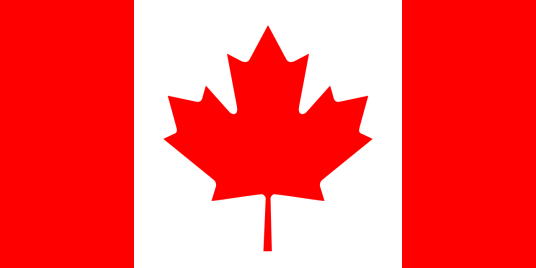Poster Art in Film and Television: Capturing the Magic of the Big Screen
Posters play a crucial role in the promotion and marketing of films and television shows, capturing the essence and excitement of the big screen. In this article, we will explore the world of poster art in film and television, and how it captures the magic of the cinematic experience.

Film and television posters are not only promotional tools but also pieces of art that convey the visual style, mood, and story of a production. They serve as a first impression for audiences, enticing them to watch the film or show. A well-designed poster can create anticipation, generate buzz, and evoke emotions, making it a powerful marketing tool for the entertainment industry.
One of the key elements of film and television posters is the visual imagery. Posters often feature captivating and eye-catching images that reflect the genre, tone, and characters of the production. These images are carefully selected to convey the story or concept of the film or show, while also creating a visual impact that grabs the audience’s attention. From action-packed scenes to emotional moments, or iconic characters, the visual imagery in film and television posters sets the stage for the viewer’s expectations.
Posters and Technology: How Digital Innovations Are Shaping Poster Design
Typography is another important element in poster art for film and television. Fonts, sizes, and placement of text are carefully chosen to enhance the visual impact and convey important information, such as the title, cast, release date, and tagline. Typography can also be used creatively to reinforce the genre, mood, or style of the production, adding to the overall aesthetic appeal of the poster.
Color is also a significant aspect of film and television posters. The use of color can convey emotions, set the tone, and create visual harmony or contrast. Different color palettes are used to evoke different moods or genres, such as bright and vibrant colors for comedies, dark and moody tones for thrillers, or warm and nostalgic hues for period dramas. The color choices in film and television posters contribute to the visual storytelling and add to the overall impact of the poster.
Posters and Politics: The Role of Visual Communication in Elections and Democracy
Iconic symbols or motifs associated with the production can also be used in film and television posters to create a memorable and recognizable image. These symbols or motifs can be visual cues that convey the essence of the story or the characters, such as a superhero emblem, a signature prop, or a memorable scene. These elements can create a connection with the audience, making the poster instantly recognizable and memorable.
Film and television posters have also evolved with the advancements in technology. Digital design tools and printing techniques have expanded the possibilities for creativity and customization. Posters can now incorporate digital illustrations, photo manipulations, and special effects, allowing for more visually stunning and dynamic designs. Additionally, digital marketing and social media have become integral in the promotion of films and television shows, with posters often shared online and across social media platforms, creating buzz and anticipation among audiences.
Celebrating Diversity: Cultural Identity and Representation in Posters
In conclusion, poster art plays a crucial role in the promotion and marketing of films and television shows, capturing the magic of the big screen through visual imagery, typography, color, and iconic symbols. The evolution of poster design with technology has opened up new opportunities for creativity and customization, while digital marketing and social media have expanded the reach and impact of film and television posters. Poster art in film and television continues to captivate audiences, creating anticipation and excitement for the magic of the big screen.
 US
US CA
CA
